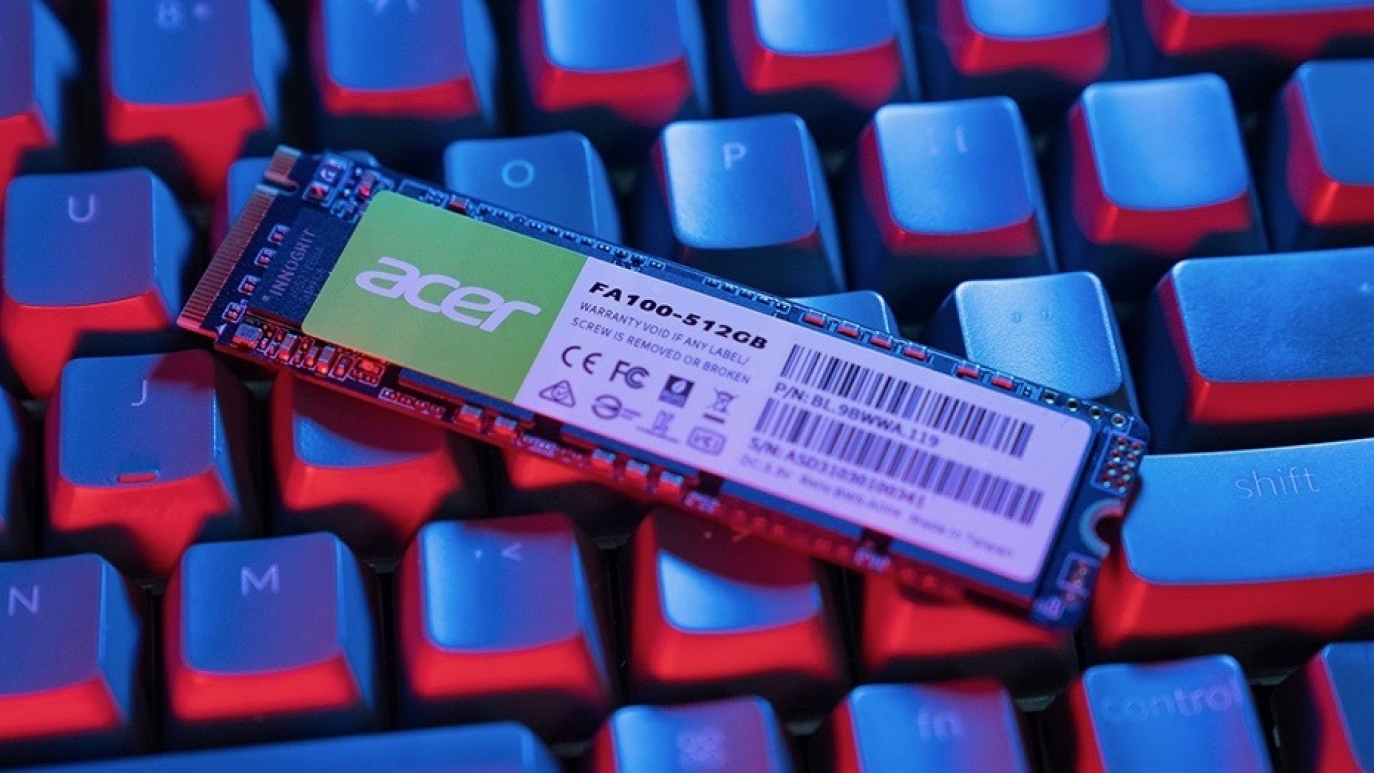About
Founded in 1976, Acer is one of the world’s top ICT companies with a presence in more than 160 countries. As Acer evolves with the industry and changing lifestyles, it is focused on enabling a world where hardware, software and services will fuse with one another, creating ecosystems and opening up new possibilities for consumers and businesses alike.
Industry:
01
The Challenge
To differentiate themselves amongst the competition, Acer needed to complement their transactional business with one that’s more interactive and relationship-based; hardware-as-a-service.
Acer needed a quick way to experiment and test these new monetization strategies and customer experiences.
02
The Solution
Acer’s new device-as-a-service solution includes cutting-edge hardware, a complete productivity software suite, secure shareable cloud storage solutions, and in-house award-winning support under a transparent, subscription pricing model.
Acer’s new subscribers can sign-up in less than 15 minutes and get their solution delivered to the doorstep within one week. Users can add services or upgrade their package anytime and during the contract lifetime in just one click.
03
The Benefits
Acer has been able to test different offers with resellers and end customers, and received immediate feedback on what was working—and more importantly what was not. Testing rapidly and taking on calculated risks allowed Acer to narrow in on market fit, and increase confidence in the evolution of their new business model.
Acer partnered with Zuora to create a new device-as-a-service (DaaS) business, leveraging Zuora’s market-leading technology and subscription expertise.
Since the late twentieth century, the personal computer (PC) has gone from revolutionary tech to a necessity in our everyday lives. In other words, PCs have become just another commodity. Even for high-quality producers like Acer, it’s difficult to differentiate based on hardware alone, and most competition today happens based on price. But with razor-thin profit margins, that all too often turns into a race to the bottom.
The way to gain a competitive advantage was to focus on improving the computing experience. “We need a PC to work, to communicate, to shop, to bank,” says Mailin Jappe, Director ofXaaS (“Everything as a Service”). “As a PC company, we asked ourselves: how can we make those experiences better for our customers? How can we add value above and beyond the PC itself?”
While consumers are already well-accustomed to subscriptions for entertainment, like Netflix, or software, like Adobe, increasingly, subscriptions are taking over every sector. That’s because consumer preferences are evolving beyond ownership, in favor of seeing value through usership. “Why not combine our existing hardware with software, in one service package at a monthly price — without having to own the PC?” asks Mailin Jappe, Director of XaaS (“Everything as a Service”). “Consumers get all the advantages and functionality of the PC, without the hassles of getting it updated, maintained, or dismissed at the end of its life cycle.”
Acer partnered with Zuora to create a new device-as-a-service (DaaS) business, using Zuora’s market-leading technology and subscription expertise.. Over the past year, we’ve helped Acer get to the Launch phase of the Journey to Usership, Zuora’s new framework that helps companies at all stages succeed in the Subscription Economy. “For us, it’s about a 360-degree business transformation,” says Jappe. “Our traditional business model is straightforward: we sell our devices to customers. But in entering the device-as-a-service category (DaaS), we knew we had to transition from a transactional mindset with our customers to one that’s more interactive and relationship-based.”
Acer’s new (DaaS) offering includes cutting-edge hardware, a complete productivity software suite, secure shareable cloud storage solutions, and in-house award-winning support under one simplified contract with transparent monthly or quarterly payments. Customers can get cost-efficient cloud infrastructure in addition to the hardware of their choice. Options like the service plan, contract length, and accessories are customized by the customer. From Acer’s perspective, DaaS subscriptions bring faster, more sustainable growth; predictable revenue; and, most important, stronger, stickier customer relationships.
By moving quickly into this market, Acer established several advantages:
- First crack at early adopters among their customers and partners, resulting in greater ROI
- A chance to experiment early on while the market is not booming yet, and forge critical partnerships with the best of the best.
Acer’s approach to Offering Design
Acer is not unique in experimenting with a DaaS solution, but their approach was the first to target small-to-medium-sized businesses. “We created a 100% digital customer journey, which allows us to offer solutions to small and medium businesses who up to that point had not had the opportunity to access digital,” says Jappe. “Other companies were offering plans that started from 500 to 1000 seats and up, so we created plans from two seats upwards.”
To create the offers, Acer had to look at all the different levers: Should they focus on heavy desktops? Or should they focus on mobile workers? And how would they change their offer depending on the country and how its companies do business? “Using Zuora, we’ve created individual offers to test based on these elements,” says Jappe. “By testing different offers and getting them out to our resellers and end customers, we’re able to get immediate feedback on what’s working—and what’s not.”
Acer’s approach to the Subscriber Experience
In Acer’s traditional business, they shipped products, which the user then owned for four to five years. When the product’s life cycle was complete, Acer started up the marketing engine to re-engage the customer — and hopefully make another sale. Touchpoints after the sales were mainly on the service side, if something went wrong with the hardware. With the subscription model, Acer has, at minimum, monthly or quarterly touchpoints with the customer around invoicing. In addition, they have unlimited opportunities to deliver service (and value) throughout the term of the subscription. This could include new features, product improvements, or discounts on plan upgrades. It’s all part of the ongoing relationship with the customer. And the more value they bring, the more Acer builds customer loyalty and makes renewal more likely when the subscription term is over. Customer feedback leads the company to develop better products, which then increase customer loyalty. Ultimately, it’s all about building a strong relationship with the customer.
Learning & growing
Communication across the organization was key to the success of this launch. That’s because the addition of subscriptions to an existing and consolidated business model requires 360 degree cross-functional alignment. And of course, the effort needs support from upper management. A clearly articulated vision for change from leadership can help break silos within the organization.
As we’ve said many times, launching a subscription service is definitely a journey, not something where you flip a switch to change your business overnight. Acer’s approach is one others can learn from. “My number one piece of advice for other companies in the Launch stage is the earlier you can get the offer out to the customer and get feedback, the better off you’ll be,” says Jappe. “When we started, we were more cautious and wanted to have everything set up perfectly (we did lots of focus groups). We’re now much bolder because we’ve learned which steps we can take calculated risks on. Today, I’m more like, okay, bring me a deal, and we’ll figure it out. That’s a good kind of problem to solve.”




